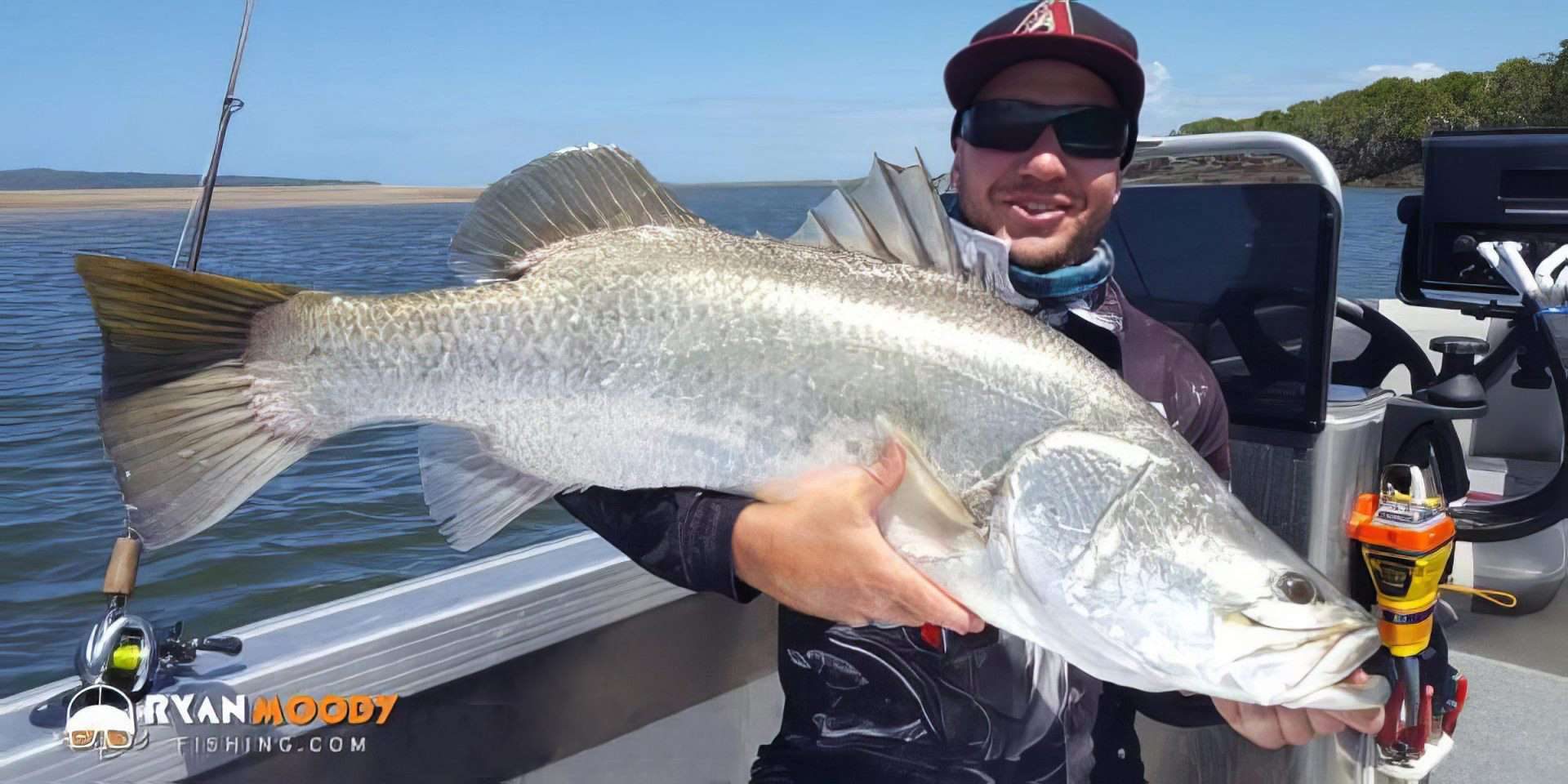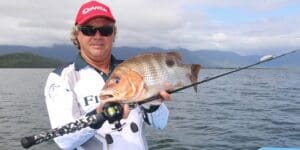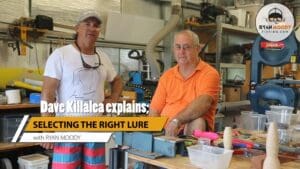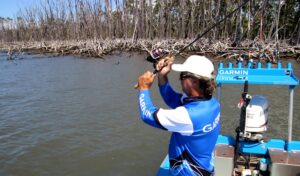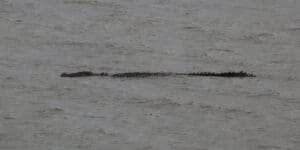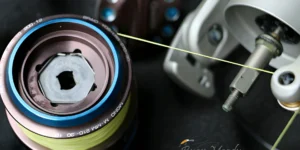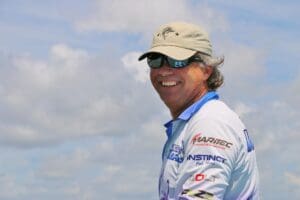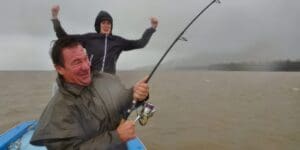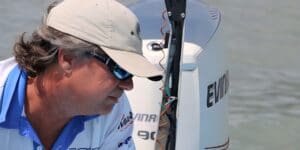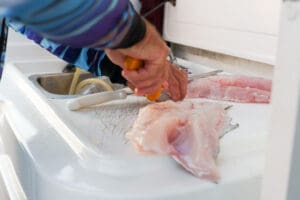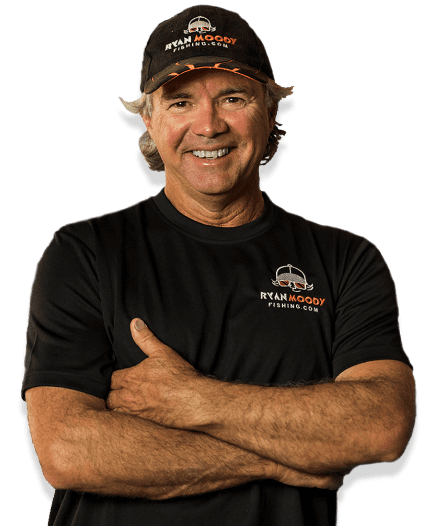Barra Basics students Ben Weston and Ben Gilbertson had a cracker session on the barra using some advanced casting techniques we teach in Barra Basics.
Changing the Angle of the Dangle…
Barramundi can be a fickle or somewhat frustrating species to target with consistent results. And I should know after 35+ years as a barramundi fishing guide.
As one of the pioneers of the fishery (catching the first ever metery on braid and the largest fish caught on Australian TV) I have piled hours and hours of time and frustration into these things. Years of trial and error and observation have resulted in some amazing insights and joining the dots of the barra jigsaw puzzle.
If you’ve completed the Barra Basics (BB) Course you will know my Barra framework, but those who may be sitting on the fence and contemplating participating in the course, this framework has been developed in short to put you in the right place at the right time, using the correct techniques to maximise your results. Or ‘Fish Smarter’!
When you target barra on a regular basis, both on lures or baits you will continue to learn and grow in knowledge of the species. Environmental conditions differ from place to place, so fish in each location may respond to differing techniques. The long and the short of it is the more you fish, the more you learn.
As Ben writes, “During my last trip before the close of the 2016 season, while fishing with a good mate of mine and fellow BB student Ben Gilbertson, we implemented a very valuable tool which we learned from Ryan Moody’s Barra Basics that could be the difference in making your results luring for them somewhat more fruitful.”
Simply, Cast Angles!
DONT BE AFRAID TO CHANGE IT UP.
Ben offers this advice…
“As humans we can sometimes get stuck into what we have always known, after all we are creatures of habit.
During this session we caught 14 barra, ranging from 65 cm to a beautiful 104 cm specimen and it wasn’t a fluke.
Applying the Barra Basics framework and changing up my cast angles from the conventional casting forward of the boat and hopping the lure back to the boat with the current, to changing the position of the boat to give them an alternative look at my lure (in this case using an Ecooda Live Shrimp). This produced far more consistent hook ups or bites.
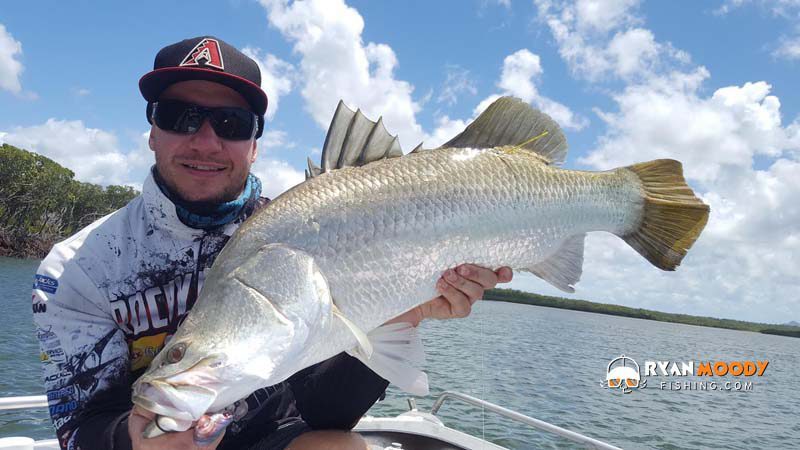
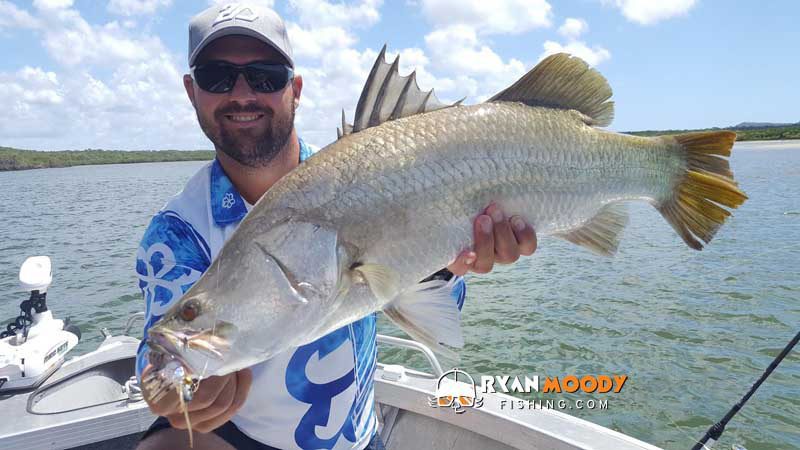
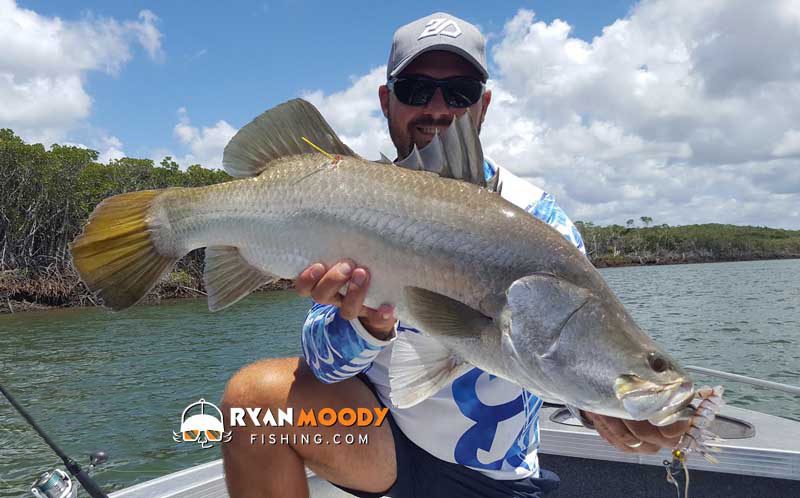
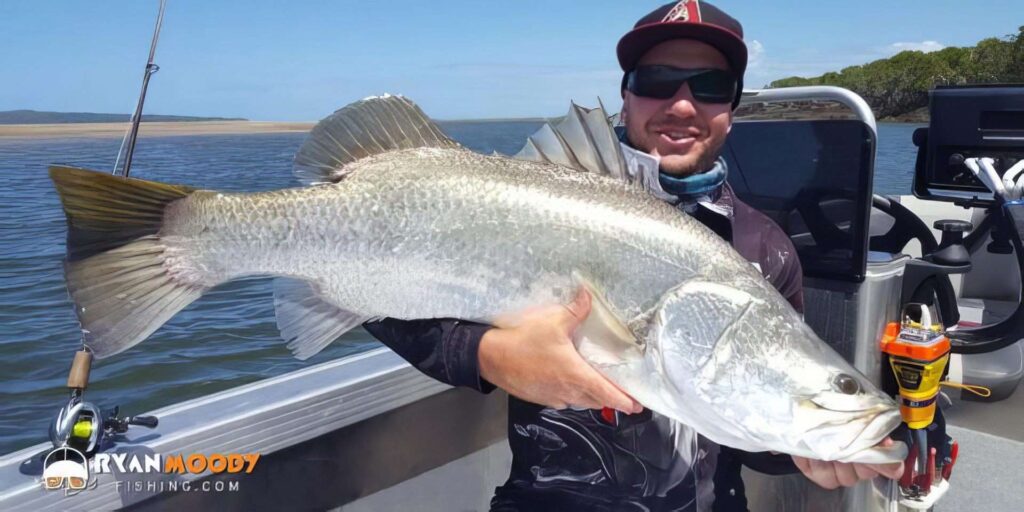
It became pretty obvious to us after a couple of fish that a lure presented differently made it more appealing or realistic to this particular school of fish. It became the norm that every 2 casts resulted in either a hook up or bump, which I think one would agree pretty solid evidence that there was something in changing up the cast angle.”
MASTERY OF BARRA TAKES TIME AND EFFORT.
Mastering estuary fish is a lot more challenging that bottom bouncing on the reef as many people chasing their first metre plus barra will attest.
The key to my success has been to continue to learn and don’t rule out anything, try everything.
Admittedly, this was probably easier 30 years ago, when fish numbers where abundant and changing things up was noticebable. e.g. a white lure with one angler and dark lure with another, catching 5 fish vs 17 fish – is an evident win for the dark lure.
However when the ratio is only 1 vs 2, its not a pattern you can build on. You need the numbers.
Hence the Barra Basics framework was developed based on thousands of fish caught and now our students are winning from the shortcut the course provides.
If you’d like to know more about the Barra Basics course, putting people like Ben Weston and Ben Gilbertson onto quality fish consistently, click the button below.


